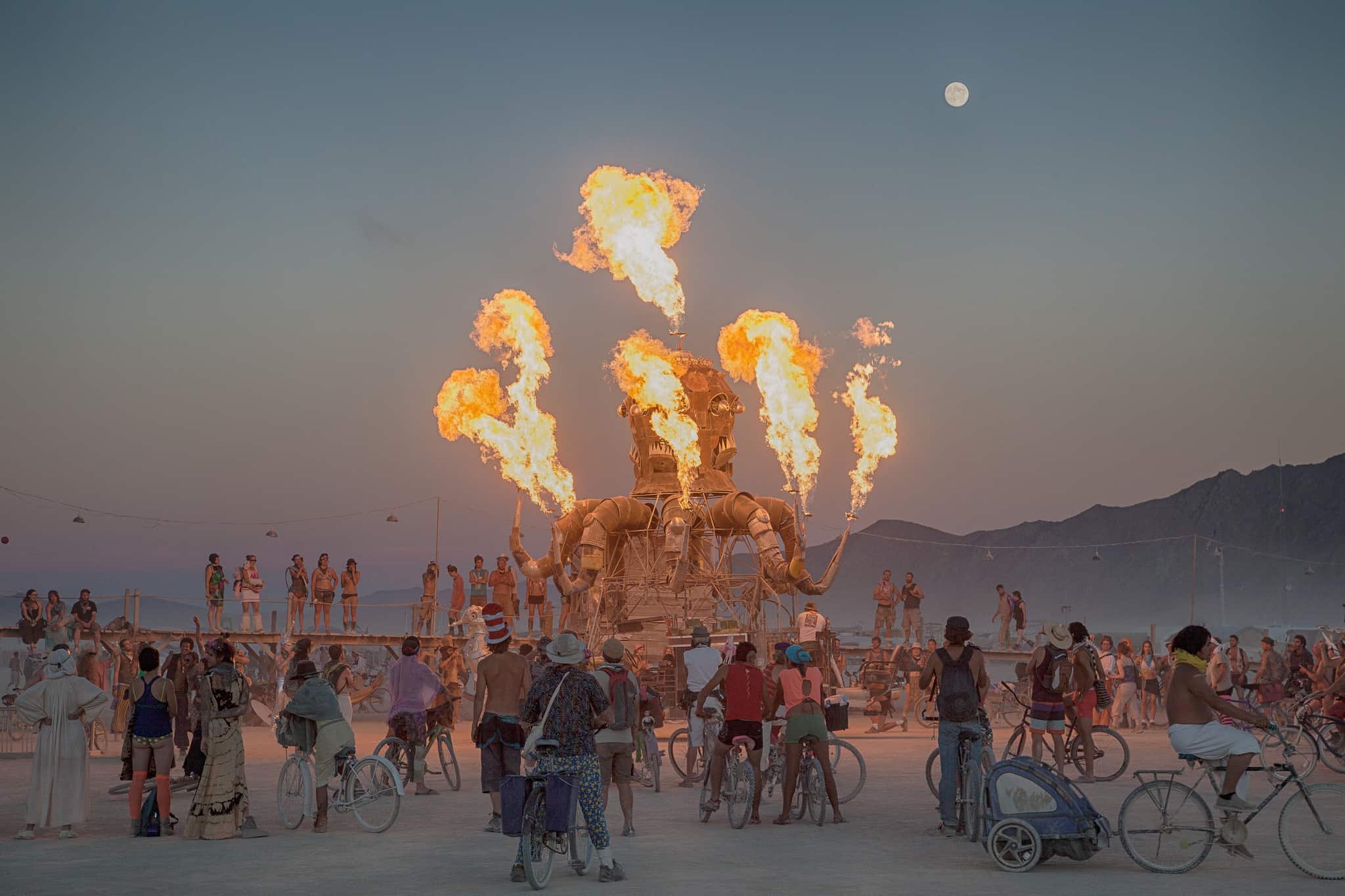
The buzzword in the event industry these days is “transformational experience.” Planners are not just in the business of designing meetings and incentive trips, they are in the business of changing lives.
Some events in a person’s life are so powerful, so life-altering, that there’s a sense in which he or she may not be the same person before and after the event, says the PhilosophyTalk blog. It has nothing to do with external circumstances, it has to do with an internal shift. Here are 3 ways you can design a transformational experience.
Engage participants’ emotions
Are you aware of the range of emotions attendees usually experience during your event? According to Zhipster, transformational experiences are designed to evoke powerful emptions, from curiosity before a big reveal, to joy when a favorite celebrity makes an appearance, to pride when a speaker at a fireside chat praises them for asking an interesting question.
Create a sense of shared change
In an interview with Forbes, Julia Hartz, cofounder and CEO of Eventbrite, expressed how powerful a shared live experience can be if its goal is to create change. CSR activities at events serve this goal by fulfilling “a desire to leave different from when we walked in: to be smarter, wiser, happier, more engaged, more excited, more thoughtful, more in touch with yourself, with your community, with the world,” as she put it. “They offer the possibility to have transformational moments and be part of something bigger than ourselves.”
Build a constant stream of buzz
FOMO—fear of missing out—is a big deal for today’s events, says the Eventtia blog. In addition, the addiction to new information (aka updates) is impacting the way people engage with social media around events. This means constant social media buzz has to be a planner’s/marketer’s priority—before, during and after an event. “The need to be constantly up to date, combined with the fear of missing out on important things, has reshaped the way attendees perceive novelty.”






